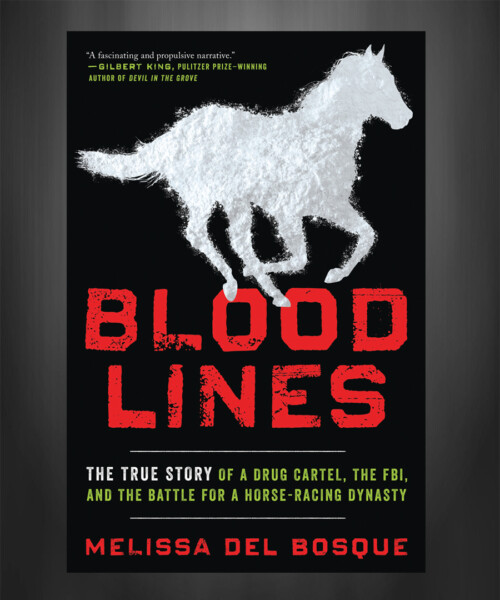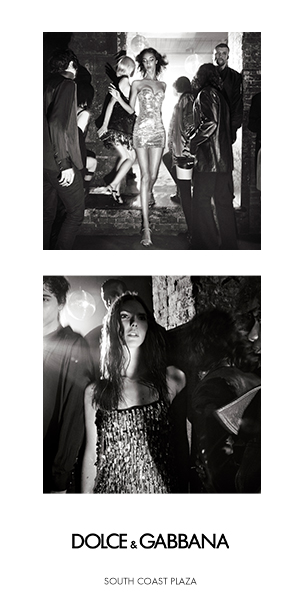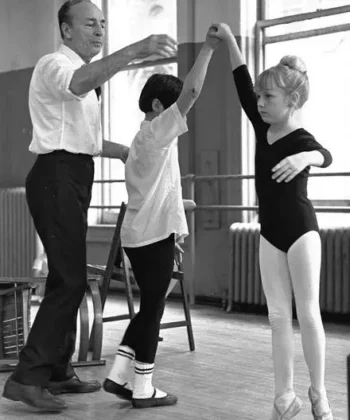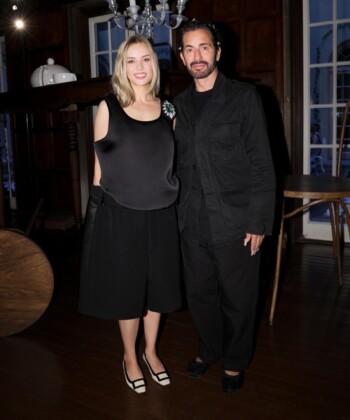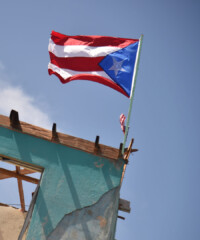It was late October 2009, and still four months away from the Zetas’ declaration of war against the Gulf Cartel. But Miguel was someone who always planned ahead. For the last two years he’d been investing in quarter horse racing, which not only indulged his passion but was also a sign of his growing status within the Zetas. In Mexico, quarter horse racing had long been an obsession steeped in North Mexico’s proud ranching heritage, which was also deeply ingrained in its former territories of California and the American Southwest. Every cartel had its favorite jockeys, trainers and horse agents. Owning the best bloodlines signaled that Miguel’s wealth and power were ascending in the drug world. And very soon, he knew that his place within that world would be tested.
His mind had begun forming around a plan after he’d received the good news from Texas two weeks earlier. A sorrel colt he owned, called Tempting Dash, had qualified for one of the most prestigious quarter horse races in America. In the past, he hadn’t thought much of the horse. The colt came from a top bloodline, but he’d been so skinny and small they’d called him Huesos, “Bones,” on the racetracks in Mexico. But the horse had surprised them all with its speed. In two days, Tempting Dash would run in the Dash for Cash Futurity in Texas, one of the most lucrative races of the season, with a $445,000 purse. The race was held every October at the Lone Star Park racetrack in Grand Prairie, not far from where the brothers had spent their teenage years in status-conscious Dallas with its luxury cars and gated mansions. Miguel had always liked Dallas, which had shown him a more enticing side of life than the poor, working-class barrios of Nuevo Laredo.
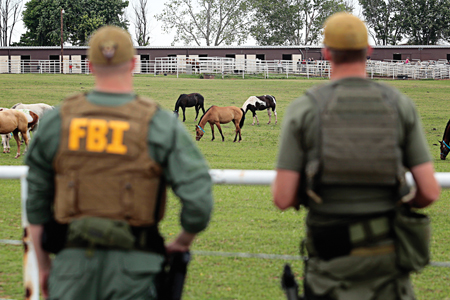
FBI agents survey a Lexington, Oklahoma, horse ranch where Jose Treviño purchased hundreds of horses on behalf of his brother Miguel.
For the last two years, Ramiro Villarreal, a horse agent from Monterrey, had been buying and racing horses for Miguel in the States. And it was Villarreal who had delivered the good news about Tempting Dash. With so much money on the line, Miguel wasn’t going to leave the outcome of the race sorely up to fate and the horse’s natural ability.
He instructed his younger brother to radio Villarreal on his Nextel to make sure everything was going to plan in Texas. Omar had come up with Miguel through the ranks of the cartel. His rounded cheeks and boyish face made him appear less menacing than his brother, who had fierce dark eyes and sharp cheekbones, but Omar, who always strived to be his elder brother’s equal was just as ruthless and prone to violence.
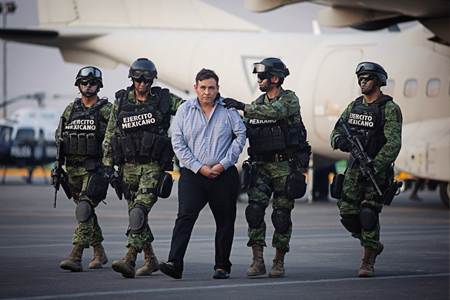
Omar Treviño Morales, who ran the Zetas with brother Miguel, after his 2015 arrest in Mexico.
Image credit: Xinhua/Pedro Mera
Villarreal picked up his Nextel to answer Omar’s call. He was driving to a horse auction at Heritage Place in Oklahoma City, then on to Lone Star Park for the race on Saturday.
“What are you doing, Gordo? … ,” Omar asked the rotund horse agent. “Talk to me … what’s the forcast? … When is Chevo leaving?”
“After 9:40 but … but he has to get there at the same time for the vet to check them out there…,” Villarreal said.
“… Did the batteries take?” It was an old trick. To win the race, Tempting Dash would be shocked with volts of electricity from a hand-held device. The maneuver used by jockeys, called “buzzing,” had been outlawed on U.S. tracks. But during a training session they had used it on Tempting Dash to see the colt’s reaction and whether the shock resulted in that extra surge of speed needed to win.
“It’s done,” Villarreal said, meaning the experiment had worked.
“And where are you know?”
“I’m on the road between San Antonio and Austin.”
“You will win, Gordo, you’re going to win,” said Omar. He instructed Villarreal to pose with Tempting Dash in the winner’s circle and when the photo was snapped to make a sign with his hand that the brother would recognize, so that it would be known who was the true owner of the horse. “We’re going to win,” said Omar.
“If I win what?” Villarreal said. The radio connection on his Nextel was beginning to break up.
“… We’re going to win. You will see.”
Miguel’s rise to power had been an unlikely one. He had no political connections, and he came from a poor neighborhood on the margins of Nuevo Laredo. But he was a man of his time, very much shaped by Mexico’s past. And as the Gulf Cartel and the Zetas were on the brink of war in late 2009, he was posed to attain even greater power.
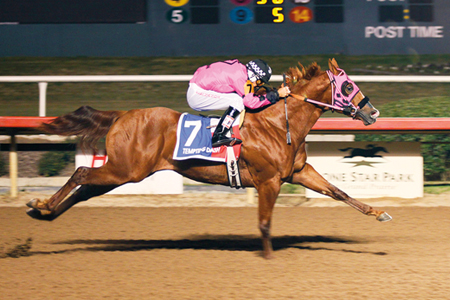
Tempting Dash, the Treviño’s treasure quarter horse, ridden by jockey Julian Cantu at the 2009 Texas Classic Futurity where he took home a $1.1 million prize.
In many ways, politics had paved the way for Miguel’s ascension. Over several decades, the semi-authoritarian Partido Revolucionario Institucional, or PRI, had ruled Mexico, and its leaders had amassed their wealth through plato o plomo, bribery or threats, co-opting anyone who challenged their power monopoly and allowing cronyism and corruption to flourish.
As the illicit drug economy grew in Mexico, eventually generating as much as $25 billion or more annually, the PRI’s leaders divided the country among the handful of organizations, including the Gulf and Sinaloa cartels. Generals, law enforcement, and politicians took a cut from the cartels that worked the divided territories, and in return they let them run their trafficking business without interruption. As part of the arrangement, cartel leaders pledged to keep the violence among themselves and not to call undue attention to their growing illicit empires. With 90 percent of the cocaine and 70 percent of the methamphetamines and heroin consumed in the United States—the biggest drug market in the world—either produced or passing through Mexico, it was a pragmatic plan of accommodation that also made the political elite extremely wealthy.
But by 2000, the old arrangements, already frayed, started to unravel after the PRI lost its bid for the presidency for the first time in more than seventy years. The new president, Vicente Fox, a former Coca-Cola executive, and his opposing political party, the Partido Acción Nacional, or PAN, promised to make the country less corrupt and more democratic. “Mexico doesn’t deserve what has happened to us. A democratic change is urgent,” he proclaimed.
It was a message that Mexicans had been waiting to hear since the revolution, but it was already too late. The cartels had become too powerful, and the rule of law too weak. As the old arrangements with the PRI fell away under President Fox, the cartels saw an opening. They began to further exert control over their territories. Heavily armed and well financed, they wouldn’t take orders from the politicians anymore. Now it would work the other way around. It was a terrible irony that just as Mexico was being heralded around the world for its budding democracy, the country’s first paramilitary drug organization—the Zetas—was formed.
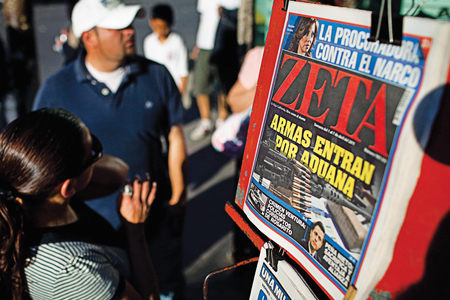
As the Zetas ascended in power, their reign of terror gripped the nation.
Image credit: AP Photo/Alejandro Cossio
The cartel’s military founders had been trained by the American military to combat the growing threat of narcotrafficking. But the drug lords paid better than the government. Osiel Cárdenas, leader of the Gulf Cartel, based in Matamoros in the border state of Tamaulipas, recruited the military deserters to be his bodyguards and to protect the Nuevo Laredo plaza, or smuggling territory, the most coveted in his vast drug empire, which ranged from the Texas-Mexico border down to the Gulf coast of Mexico. Cárdenas called their partnership “the Company.” His enemies were legion. Paranoid and ruthless, he’d earned his nickname, El Mata Amigos, “the Friend Killer,” after enlisting one of the Zetas’ founding soldiers, Arturo Guzmán Decena, to shoot a business partner in the back of the head.
In 2003, Cárdenas was arrested and sent to a high-security prison near Mexico City, where he continued to run the Company from behind bars. He sent his Zetas to tamp down any revolt in his territories in the eastern half of Mexico.
With the arrest of Cárdenas, the wily drug lord Joaquín “El Chapo” Guzmán sensed weakness and an opportunity, and sent in his army of sicarios, or hit men, to take over the coveted plaza of Nuevo Laredo. Guzmán’s Sinaloa Cartel, from the fertile northern triangle in the west of the country where most of the country’s opium was grown, was the largest, most powerful drug organization in Mexico. And El Chapo and his associates wanted all of Mexico for themselves.
Miguel and Omar aligned themselves with the Zetas, the Company’s enforces, to wage war against El Chapo and the Sinaloa Cartel. Their hometown of Nuevo Laredo had always been a coveted plaza in the drug trade. Trucks and trains continuously shuttled back and forth across the five international bridges. Nearly half of the trade between the two countries—at least $180 billion in imports and exports—passed through Nuevo Laredo every year. Among the thousands of semis paked with televisions, car parts and combustion engines there was other valuable cargo, including kilos of cocaine, heroin and methamphetamine cleverly concealed in false compartments or waved through by U.S. customs agents on the cartel’s payroll.
The brother’s job was to exterminate the Sinaloa Cartel’s gunmen and workers in Nuevo Laredo, which the Company called contras. Miguel immediately excelled at his new vocation. He wasn’t military-trained like the other Zetas, but he was an experienced hunter. And he saw no difference between killing contras and the deer he hunted in the empty ranchlands beyond the city. If he didn’t kill someone every day, he felt he hadn’t done his duty. If he was unable to apply the tiro de gracia to a contra himself, then his brother Omar, who always shadowed him everywhere, would finish the job for him.
Miguel’s reputation for ferocity and violence grew. By 2006, the Zetas had repelled the Sinaloa incursion and preserved the Company’s territory, and Miguel’s rank within the Zetas was on the rise.
Heriberto Lazcano, a former Special Forces soldier, was now in charge of the Zetas. Lazcano was a pragmatic leader, ambitious and ruthless. He’d earned his nickname, El Verdugo, “the Executioner,” for his baroque torture methods, which included feeding his victims to lions and tigers he kept on one of his many ranches. In 2007, Mexico finally extradited Osiel Cárdenas to a high-security prison in the United States. The Friend Killer’s grip on the Company was slipping, and Laczano sensed an opening. He began to think of independence and expansion. As a former military man, he had his own ideas about how the Zetas should be run. While the Gulf Cartel was content with smuggling drugs, the Zetas could instead demand a cut from every black market transaction in their territories, whether it was oil stolen from the national monopoly Pemex, pirated CDs, or prostitution. They could also levy a tax on legitimate businesses and commerce in exchange for protention.
In Miguel Treviño, Lazcano recognized a useful and equally cold-blooded ally. He sent his new second in command to conquer more territory. The Zetas, using their military training, gathered intelligence on rivals and government forces using a system of spies and informants, and they set up private communications networks. But their most effective tactic was spreading terror to subjugate their enemies and the communities they conquered. Corpses of members of rival drug gangs were left swinging from bridges, and garbage bags full of mutilated body parts were strewn along the highways. Bodies were stacked in piles outside police stations or at major intersections, their torsos carved with the letter Z. This was Miguel’s specialty and his calling card.
By 2008, Lazcano had also tasked Miguel with national recruitment to expand their ranks. In a first for Mexico’s drug trade, the Zetas set up military-style training camps, staffed by Colombian paramilitaries and Kaibiles, special force commandos from Guatemala renowned for their jungle warfare skills, to train recruits in the use of shoulder-fired missiles, 50-caliber machine guns, and other military-grade weaponry smuggled in from the United States or Central America. The Zetas were training ordinary men to become mercenary soldiers. Miguel looked for recruits like himself, poor with no education or future. He wanted to know if these men, most of them barely out of their teens, were cold-blooded enough to be Zetas. They were given a machete or a sledgehammer and told to kill a person tied up in front of them. The human targets were culled from kidnapped contras or the waves of immigrants passing through their territories on their way to the United States. Those who felt no remorse after the slaughter were enlisted to be Miguel’s personal bodyguards or soldiers for the front line. They accepted that their lives would be brief and violent. It was a pact made with the devil for money and to feel, for once, what it was like to have power.
Miguel and the Zetas were making so much money that it had started to become a burden. As he made his plans on the deserted outskirts of Nuevo Laredo for the upcoming race in Texas, each brother carried duffel bags full of cash to bribe their way out of ambushes and military roadblocks. Most of their money was in U.S. dollars, but it wasn’t good for anything but bribes until they could launder it through the banking system. A team of accountants and lawyers worked daily to devise new ways to make the dirty money clean.
The Zetas were a multibillion-dollar, transnational business just like General Motors or Exxon Mobil and there was no more lucrative and coveted territory for moving merchandise than their hometown. In one month, shipping between one thousand and three thousand kilos of Colombian cocaine to the United States, Miguel could make as much as $30 million. This was from just one city in an expanding territory under his control along the eastern half of Mexico.
With their new wealth, the brothers invested in cash-intensive businesses like casinos and bars, and bought up real estate, sports cars, and coal mines. But Miguel remained fixated on horses, a passion he shared with his brothers and their father, who had managed ranches for wealthy landowners in northern Mexico.
If Tempting Dash won the futurity, with its $445,000 purse, Miguel would own a valuable commodity. Increasingly it made sense to grow his racing empire in the United States and get his money out of Mexico. The coming battle for territory and power between the Zetas and the Gulf Cartel had the potential to be more vicious, more deadly than anything seen before.
Up until then, the only wealth his family had ever known was in their numbers. They were a large and sprawling family of seven brothers and six sisters, with Miguel right in the middle, followed by Omar. Growing up on both sides of the U.S.-Mexico border, they’d always lived on the margins because of poverty, especially after their father left when they were young.
If they were familiar with anything, it was hardship. The eldest, Juan Francisco, was locked up for twenty years in a U.S. prison for marijuana smuggling. In Nuevo Laredo, a gunman from the Sinaloa Cartel had shot the youngest brother down in the street in front of his mother’s home. These days she spent so much of her time in Texas where it was safer, along with his remaining brother and sisters, away from the endless spiral of murder and vengeance in Mexico.
But the drug business had made Miguel wealthy beyond what any of them could have imagined. With his millions he could build a racing dynasty in the United States that would be his legacy and for his mother, Maria, who had always cared for them despite their struggles. Working with Villarreal, he’d learned how easy it was to purchase racehorses in the United States, where transactions were often in cash and sealed with nothing more than a handshake. He would use the horses to funnel more of his money through the U.S. banks, where it would be safe from his enemies. He would recruit others to set up front companies in the United States to mask his involvement. They could bid on valuable horses, like Villarreal had been doing, and Miguel could put any name on the ownership document he wanted.
But who could he trust to run the operation? In the drug business, betrayal and double dealing were inevitable. He only had to look at the trail of bodies he’d left behind him on his quick rise to the top. He already suspected that Ramiro Villarreal had been padding his expenses. After two years, Villarreal knew too much about his business. Something would have to be done about the horse agent. The closest he came to something akin to trust was with his family. Lately he’d been thinking about his second-oldest brother José, who was 43 and still chasing the American dream in a suburb of Dallas. José was a U.S. citizen and had a clean record. He’d never wanted anything to do with the drugs or Miguel or Omar’s business. On a good year he cleared $50,000 working as a brickmason. With four children to support, he barely made enough to keep the lights on at home.
His brother could use the money. And Miguel could convince him with the fact that he’d never had to touch a kilo of cocaine. It would all look perfectly legitimate. José would be his new front man. This way, he’d keep the money in the family. And the Treviño name would be associated with the finest champions, the best bloodlines the United States had to offer. The plan was nearly perfect. He’d deal with Villarreal when the time was right.


























